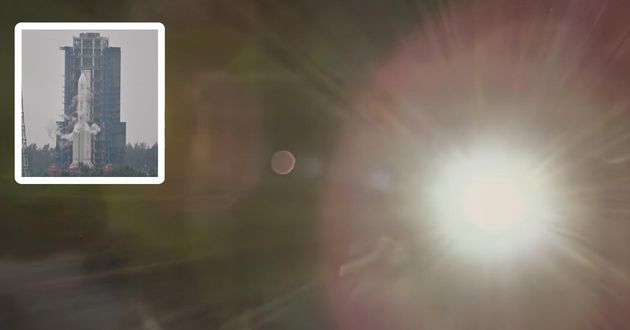ISLAMABAD: iCube-Qamar, Pakistan’s inaugural moon satellite mission, transmitted the foremost image of the lunar surface taken in orbit around the moon, as relayed by the Institute of Space Technology on Friday.
Formerly, the satellite had relayed an image from its orbit around the moon. This marks a historic milestone, as per IST, with Qamar becoming Pakistan’s premier satellite to achieve lunar orbit, completing a 12-hour rotation cycle.
“The iCube-Qamar will capture images of the lunar orbit from a distance of 200 kilometers above the moon’s surface,” stated the IST.
Additionally, the IST noted that signals from iCube-Qamar will traverse a distance of 360,000 to 400,000 kilometers to reach Earth.
“iCube-Qamar has completed three orbits around the moon,” confirmed the IST.
The initial image was received two days post the satellite’s successful deployment into orbit, announced by IST on May 8 at 1:14 pm Pakistan time.
Scientists lauded this advancement as “an overall great success.”
Subsequent to deployment, the satellite will systematically capture images of targeted lunar regions within a designated 12-hour elliptical orbit.
iCube-Qamar embarked on its journey aboard China’s Chang’e-6 from Hainan, China, on May 3.
Ahead of its recent launch, Dr. Khurram expressed that the Pakistani satellite would procure varied lunar surface images, thereby enabling Pakistan to possess its independent lunar image dataset for research purposes.
Designed and developed by Islamabad-based Institute of Space Technology (IST) in partnership with China’s Shanghai Jiao Tong University (SJTU) and Pakistan’s national space agency Suparco, the iCube-Qamar orbiter is equipped with two optical cameras for lunar surface imaging. Upon successful qualification and testing, the orbiter was integrated into China’s Chang’e-6 mission, the sixth installment in a series of lunar exploration missions.










